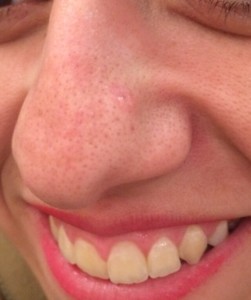Uncategorized
Latest Moles Treatment Techniques
Although most of the moles are harmless and people only get it removed for cosmetic purposes, some of the moles might be an indicator of melanoma – a type of skin cancer. The fact about moles being an indicator especially holds true for people above the age of 35 years. In fact, any new development of moles in people over that age should be evaluated by a dermatologist to make sure it is not an indicator of serious health issue. If it is so, early moles treatment and removal could prevent serious harm to the body. This is why a person should consult a dermatologist if any change in the colour or shape of the mole takes place.
Moles are not usually treated by applying lotions or creams and its removal is the only and best solution. Moles treatment is a fairly easy and risk-free job and can be removed by a surgical excision or even a minor surgical shave. The dermatologist might request for a skin autopsy and then, he or she would easily remove the moles from your body parts. Once the moles are removed, it is then sent to the pathology for further examination where the tissues are examined.
Surgical Excision


Although there are some countries where moles treatment is done through laser technology, it is not ideal for mole removal as it may distort the cells in the mole. Similarly, Mohs Surgery, which is used for treating skin cancer, should not be used for mole removal. The best and most common method of moles treatment is through surgical excision. The operation involves the use of local anaesthesia which makes the area around the mole numb. The doctor then proceeds with the excision and cuts the mole and a margin of healthy skin surrounding it. The cut is then closed with the help of sutures.
Surgical Shave
Moles treatment through surgical shaves is another popular method. Your doctor will first numb the area around the mole and then cut the mole and skin beneath it. However, this method is mainly used for smaller moles and the cut is so small that it doesn’t even require sutures. So, for people having smaller moles, removal through surgical shave might be the ideal way to do so. Your doctor decides the ideal way a mole should be removed and generally, these are the only two ways of moles treatment practised in countries around the world.
While scarring is common after a surgical excision, it heals with time and the healing process itself depends on some factors. But if you notice that the scar is not healing after a considerable period, you should consult a dermatologist and get it removed by scar creams, gels or even lasers. And while the scar healing is in the process, if you feel you just need to hide it to avoid feeling self-conscious about it; you can use makeup that best suits your skin.
Above all, moles treatment is a simple and quick process that is completely risk-free. So, do get it treated as soon as you can! Before you move any further, you may also consult our experts at HP Dermatology Centre to get personalised advice about your skin condition today.

